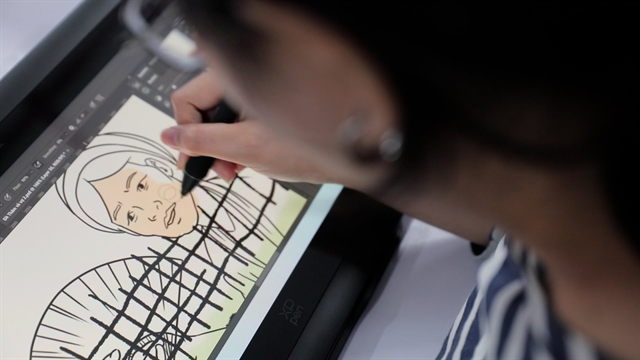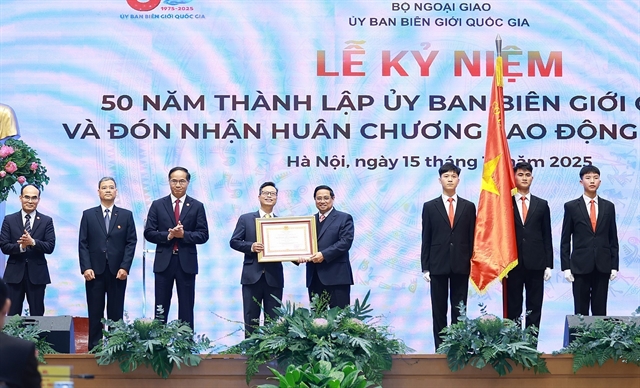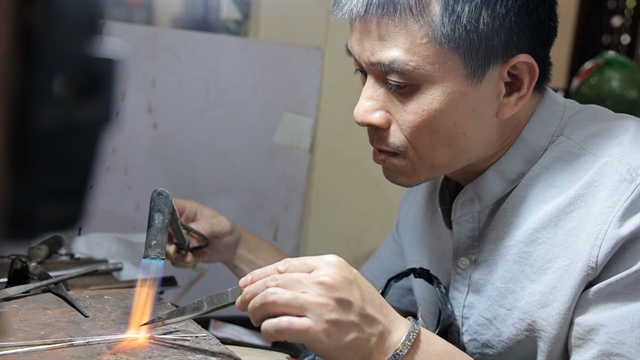 Life & Style
Life & Style

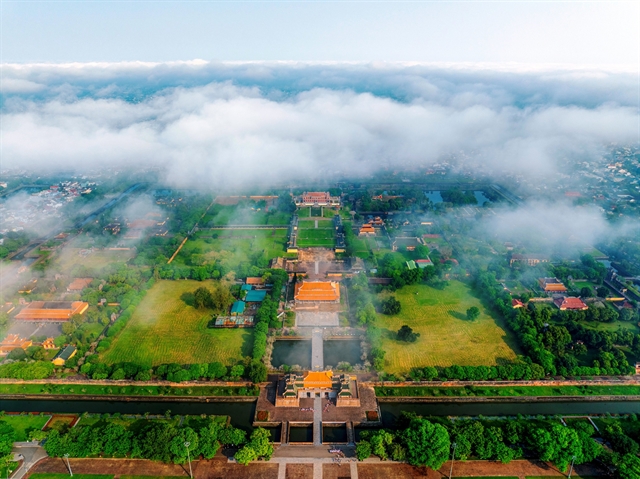 |
| Huế is currently home to eight UNESCO-recognised World Cultural Heritage sites. Photo baochinhphu.vn |
HUẾ — The application of digital technology in the preservation and promotion of cultural heritage is being strongly advanced in Huế City, creating a harmonious combination of tradition and modernity.
As a result, cultural heritage is not only preserved sustainably but also continues to “live on” in the hearts of the public today, especially among younger generations.
Huế is currently home to eight UNESCO-recognised World Cultural Heritage sites, six of which belong solely to the locality: the Complex of Huế Monuments, Huế Court Music (Nhã nhạc), the Woodblocks of the Nguyễn Dynasty, the Imperial Archives of the Nguyễn Dynasty (Châu bản), Poetry and Literature on Huế Royal Architecture, and the Castings on the Nine Dynastic Urns in the Imperial Citadel.
Additionally, the city jointly owns two heritage sites with other provinces, namely the Worship of Mother Goddesses of the Three Realms and the Art of Central Việt Nam’s Bài Chòi Singing.
The Huế Monuments Conservation Centre is currently responsible for managing, preserving and restoring more than 40 important relics within the Complex of Huế Monuments, including Ngọ Môn Gate, Hiển Lâm Các Pavilion, the Thế Miếu Temple complex, Diên Thọ Residence, and Thái Hòa Palace.
In recent years, the centre has been a pioneer in digital transformation, helping make heritage more accessible to and vividly experienced by visitors.
The “Việt Nam Digital Transformation Awards 2025," held on October 8, in which the centre won two categories, “Digital Identification” and “Nguyễn Dynasty Antiquities Exhibition” is a testament to these efforts.
These two initiatives mark breakthroughs in applying new technology to preserve and promote heritage values, ushering Huế’s heritage into the digital era.
Each artefact is assigned a unique digital ID, combined with 3D digitisation and blockchain storage to ensure authenticity, transparency, and high security.
The digital exhibition system on museehue.vn integrates VR/AR (virtual and augmented reality), metaverse, and physical technologies, allowing the public to experience heritage vividly, transcending spatial and temporal limits.
The “Digital Identification” and “Nguyễn Dynasty Antiquities Exhibition” projects have proven both feasible and sustainable for future expansion.
Starting with the digital identification of 10 artefacts in 2024, the centre has expanded in 2025 to include 98 more across 10 digital exhibition rooms.
Building on this success, the Huế City People’s Committee has approved a plan to digitally identify nearly 1,000 artefacts in the near future.
According to Hoàng Việt Trung, Director of the Huế Monuments Conservation Centre, to keep pace with global trends, the centre has implemented a range of advanced technologies, including heritage data digitisation, multilingual automatic audio guides, virtual reality, metaverse-based digital exhibitions, and artefact identification using RFID/NFC and blockchain technologies.
It also aims to expand applications of artificial intelligence (AI), big data, and the Internet of Things (IoT) to optimise management processes and enhance visitor experiences at Huế’s heritage sites.
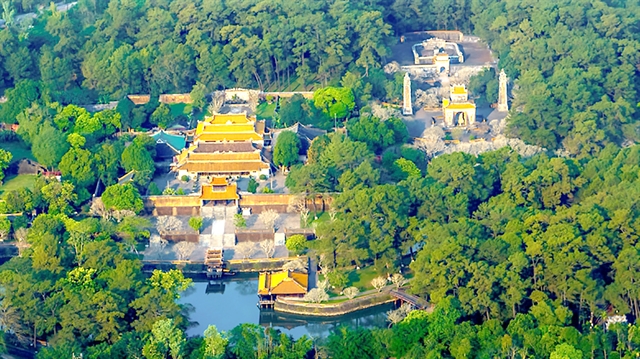 |
| Huế is actively building its technological infrastructure and fostering creative human resources, contributing to Việt Nam’s broader digital transformation. Photo baochinhphu.vn |
Opening new approaches
The use of digital technology has helped turn Huế into a smart tourism destination.
At sites such as the Imperial City and the Nguyễn Dynasty royal tombs, QR codes enable automatic multilingual narration, allowing visitors to personalise their exploration.
Virtual reality technology has also been introduced, allowing visitors to experience Huế in the past and interact directly with heritage, opening new approaches to culture and tourism.
Francois, a French tourist visiting the Imperial City, shared: “By scanning multilingual QR codes with my smartphone, I can easily access information about historical sites, attractions, cuisine, accommodation, and shopping in Huế.”
Huế is not only a heritage city but also a smart city, as digital transformation technologies are now integrated across multiple sectors.
As one of the country’s key tourism hubs, Huế has developed a “smart destination” tourism ecosystem through digital technology.
A notable example is the “Hue-S” app, which offers online visitor support with numerous utilities.
Nguyễn Ngân, a visitor from Hà Nội, said that with the “Hue-S” app, she could explore attractions, book services, navigate maps, and keep up with event schedules during her trip to Huế.
Recently, Phygital Labs JSC has partnered with Huế City to promote digital transformation in tourism, culture, and heritage.
This collaboration has created many digital applications for heritage preservation and exploitation.
According to Nguyễn Huy, Founder and CEO of Phygital Labs, the most important shift is the mindset that heritage should not only be viewed as a spiritual treasure to be preserved but also as a national asset and a sustainable economic resource.
Huế is actively building its technological infrastructure and fostering creative human resources, contributing to Việt Nam’s broader digital transformation.
Specifically, through the Huế Monuments Conservation Centre, the city is taking pioneering steps toward digital heritage preservation.
With strong determination, Huế is poised to become a national model in harmonising preservation and development. It aims to bring heritage into the flow of the cultural industry and build a digital economy based on unique digital assets that showcase its potential and spread Vietnamese identity to the world. VNS


